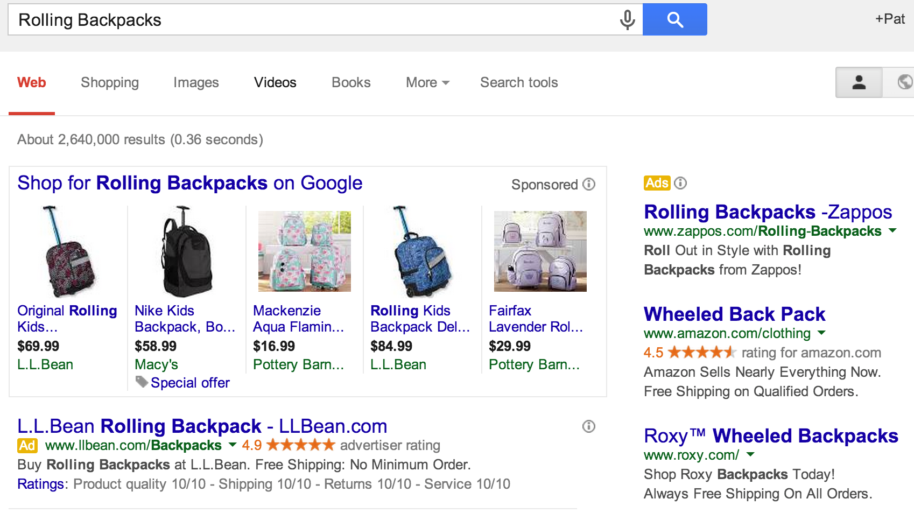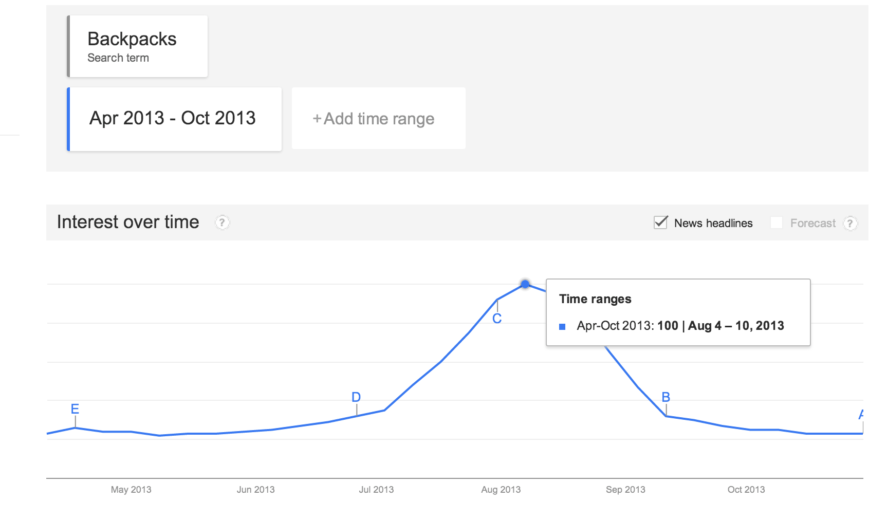4 Steps To Back To School Success

It’s time again for series week at PPC Hero! This week’s theme is “Back to School.” Even though it’s only July, school will be starting back up soon. Our authors will be sharing tips and insights for running productive Back To School campaigns while also speaking to how account managers can most effectively discuss strategy with clients.
We’ll also hit on the education vertical and explain how this industry is impacted during this time of the year. So sit back, sip your coffee, and enjoy series week. First up this week is Amanda with “4 Steps To Back To School Success!”
It’s that time of year again! Summer is in full swing, pools are way too crowded, gardens are in harvest mode, bunnies are just everywhere, and teachers are starting to send out supply lists to their new students. Back to School is just starting, but you’ll be way behind the curve if you wait too much longer to start running your campaigns. Here’s four tips for those of you out there with Back to School campaigns or getting ready to start them.
Start Early and Stop Late
Back to School (BTS) campaigns should start earlier than you’d think and run later. They should run for about three months. Some schools start as early as the first week of August and some as late as mid September. Shoppers will start getting school supplies as early as two months before school starts, with most of them buying about three weeks before classes start.
You can utilize Google Trends to see when your back to school keywords were most searched last season. For instance, I can see “backpacks” started having increased impressions in late June, peaking August 4th-10th, and back to normal in late September.
Utilize New Shopping Campaigns to Their Full Extent
Product Listing Ads are transitioning to Shopping campaigns. You’ll be force migrated to the new format in August, so you really should start BTS campaigns in the Shopping campaigns. Jacob wrote an article on how to get ready for the transition, and Jeff wrote an article on how to transition. Following their advice and getting your Shopping campaigns structured correctly while making use of the new tools and getting your feed in line will put you in a good place to be competitive this season. This is especially true as Shopping ads sometimes show before the text ads.
Advertise Sales and Coupons, Especially Free Shipping
This is a bit “eComm 101”, but click-through rates and conversion rates soar when advertisers promote sales, coupon codes, etc. in their PPC ads. The big one, if you hadn’t heard, is free shipping. BTS items are competing not only with your online competitors, but also with brick & mortar stores. If there’s a way for you to stay price competitive on item costs and still offer free shipping, maybe by requiring a certain cart total, then you’re bringing yourself closer to winning the sales.
Tech Crunch cites that half of online retailers offer free shipping. I’ll point out that this article is from 2011, so I’d bet it’s likely that the number is now larger. That means if you’re not offering it, inevitably some of your competitors are. This article from ConversionXL states that not offering free shipping is a “conversion killer.” The article quotes one advertiser who claims, after testing, found free shipping was even more important to buyers than discounts. Even discounts that saved them more than the shipping cost.
Cast a Wide Net with Dynamic Ads
Maybe you’ve already built your campaigns for BTS, or you’re just dusting off the ones from last year, but there’s a good chance you’re going to miss some keywords that could work for you. It’s ok—it’s hard to think of them all! That’s where dynamic search ads (DSAs) come in and save the day.
I wrote an article on how to use DSAs for eCommerce accounts. It’s really all about targeting, negative keywords, bids, and ads (totally different than other aspects of PPC, right?!). The awesome thing is that they will catch search terms that don’t already have keywords.
What I find great is when product names are so specific, I don’t think it’s worth building ad groups. So, maybe I’ll have keywords for rolling backpacks, personalized rolling backpacks, quality rolling backpacks, etc. But I likely won’t have an ad group for “purple unicorn backpack on wheels”. I might catch this keyword if I’m targeting “backpack” or “backpack on wheels”, but I bet the competition on those keywords is higher, and I’m probably landing on a category landing page. DSAs will show an ad about that product and land them on the product page, providing a much more custom, relevant experience for the searcher.
You can further refine your DSA campaign by adding a RLSA audience. Or, create a separate campaign for this hybrid ad type to allow more budget, since it’s a more quality audience. I wrote this article about this campaign type, which I called Dynamic Search Remarketing. It combines the pros of DSA campaigns, but only targets people familiar with your site. This tactic means they are more likely to convert if they click again.
There you have it, for steps that you can take in your BTS campaigns this year that will set you up better for success. This list could be a lot longer, though. What are you doing this year to ensure you succeed in your BTS campaigns?




